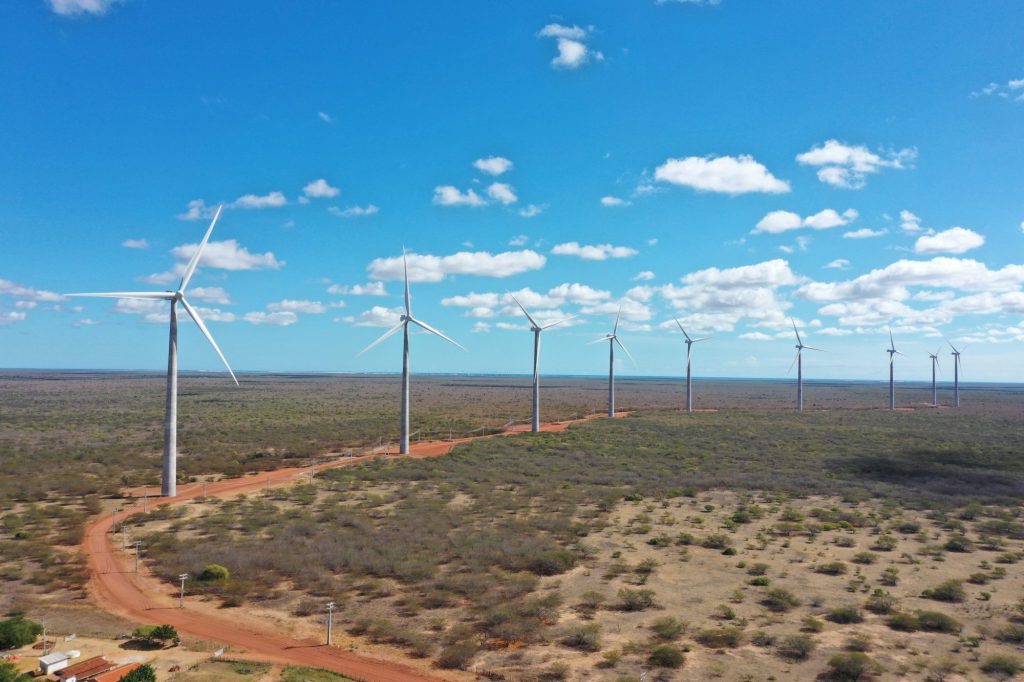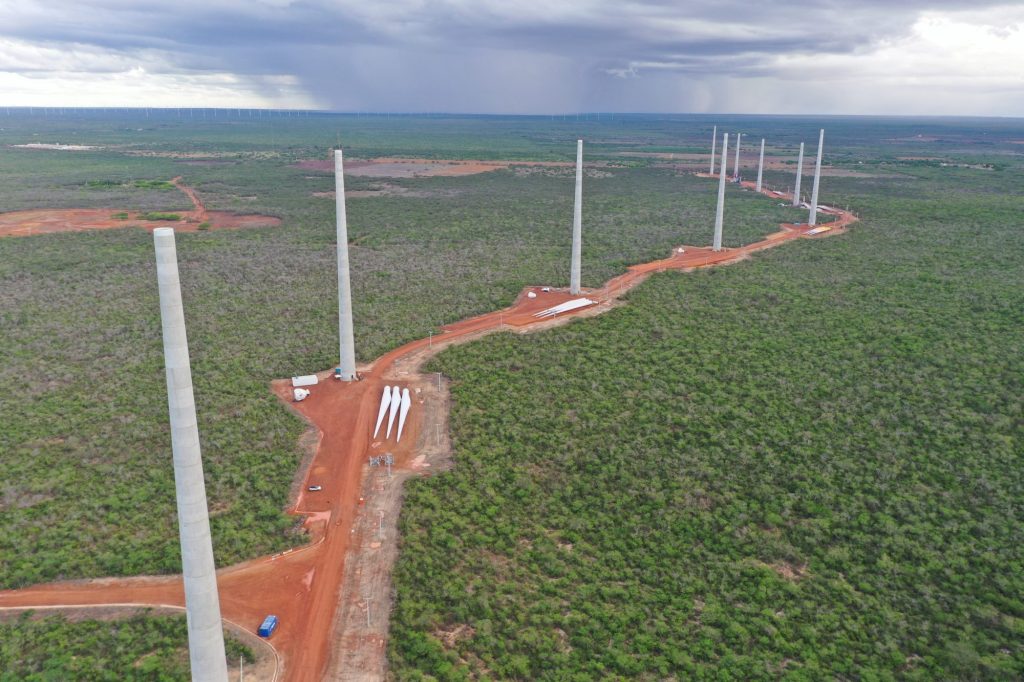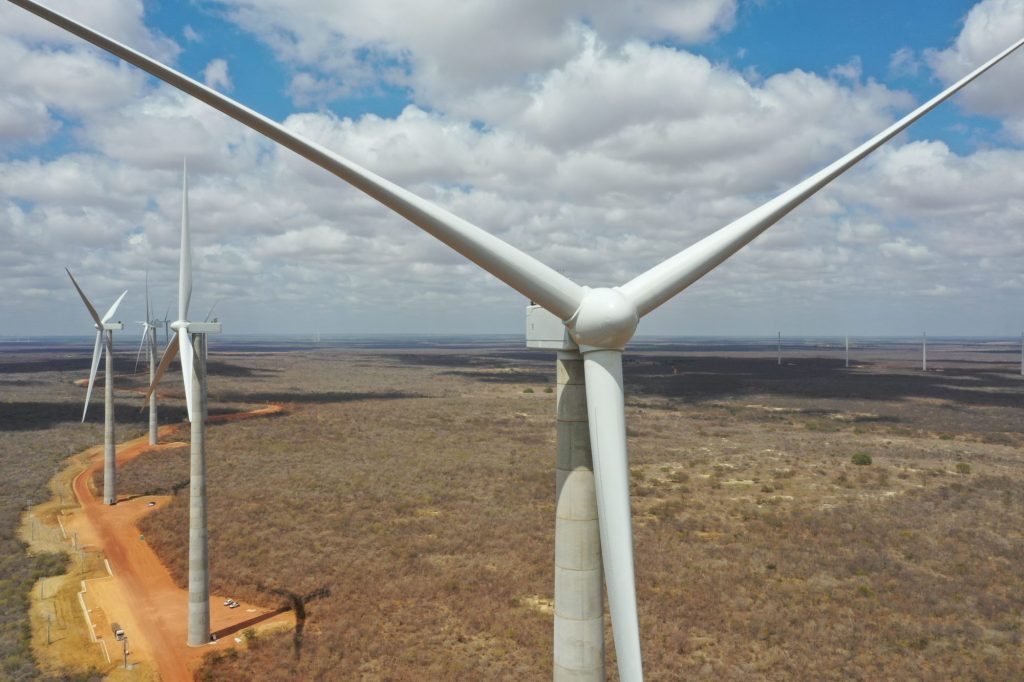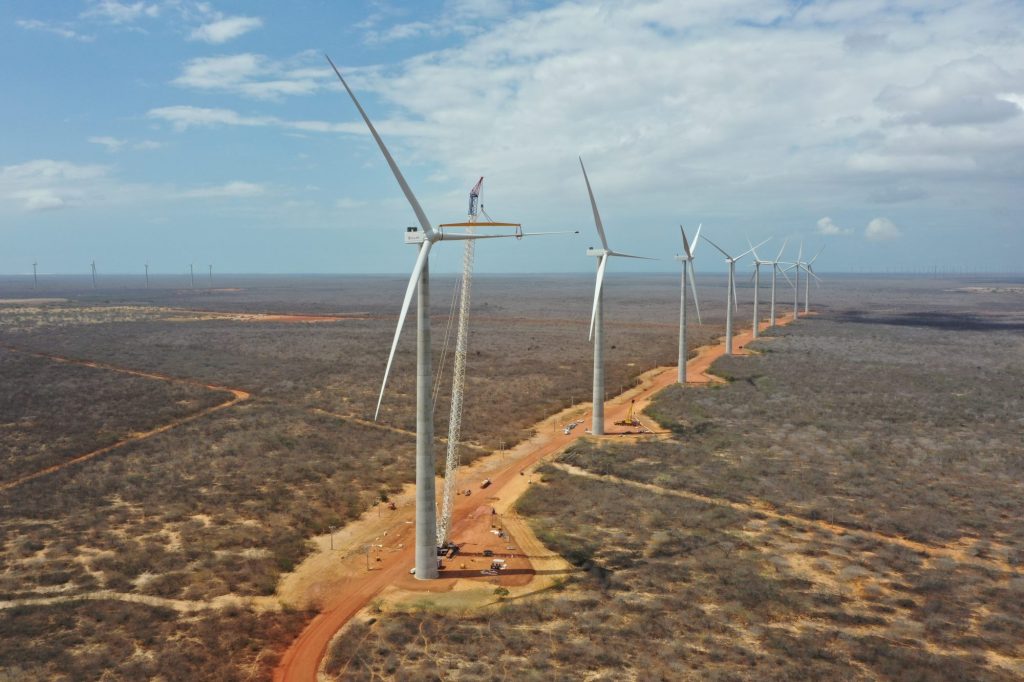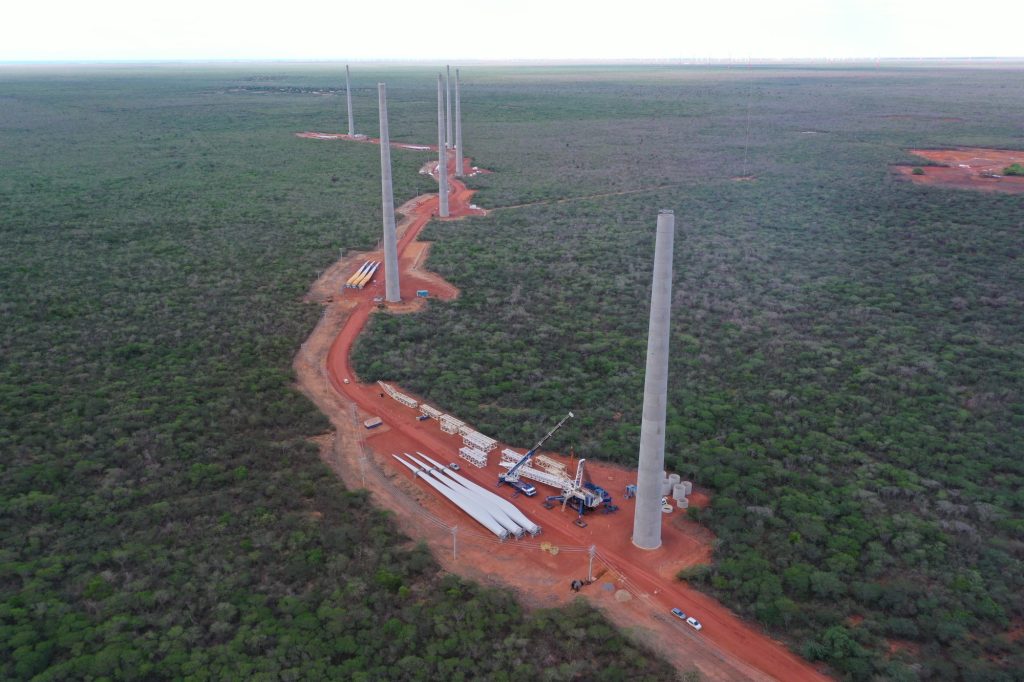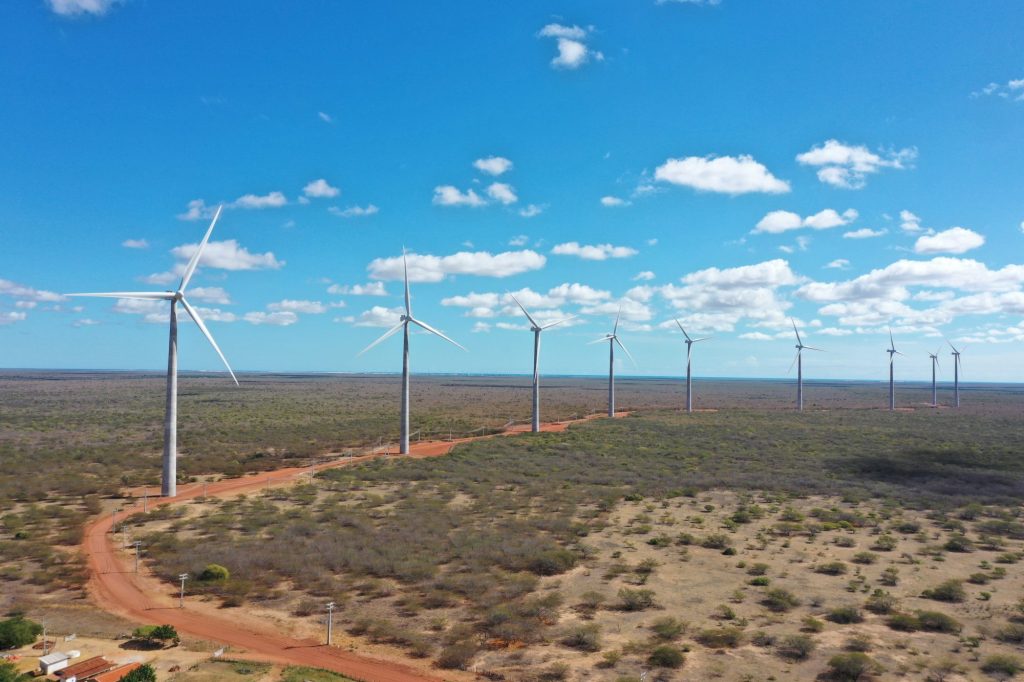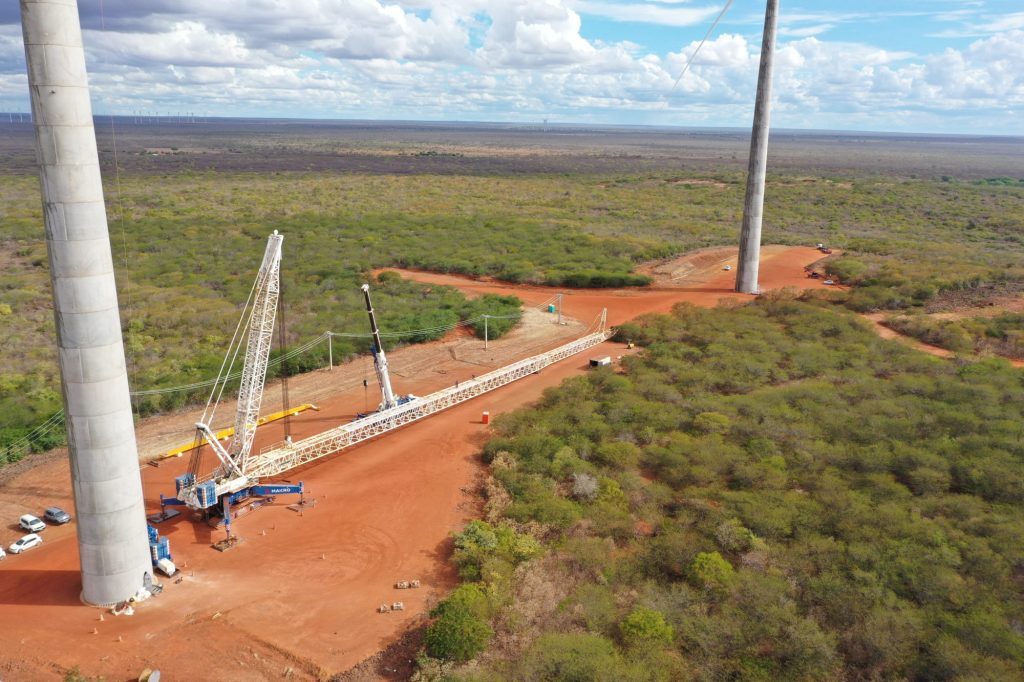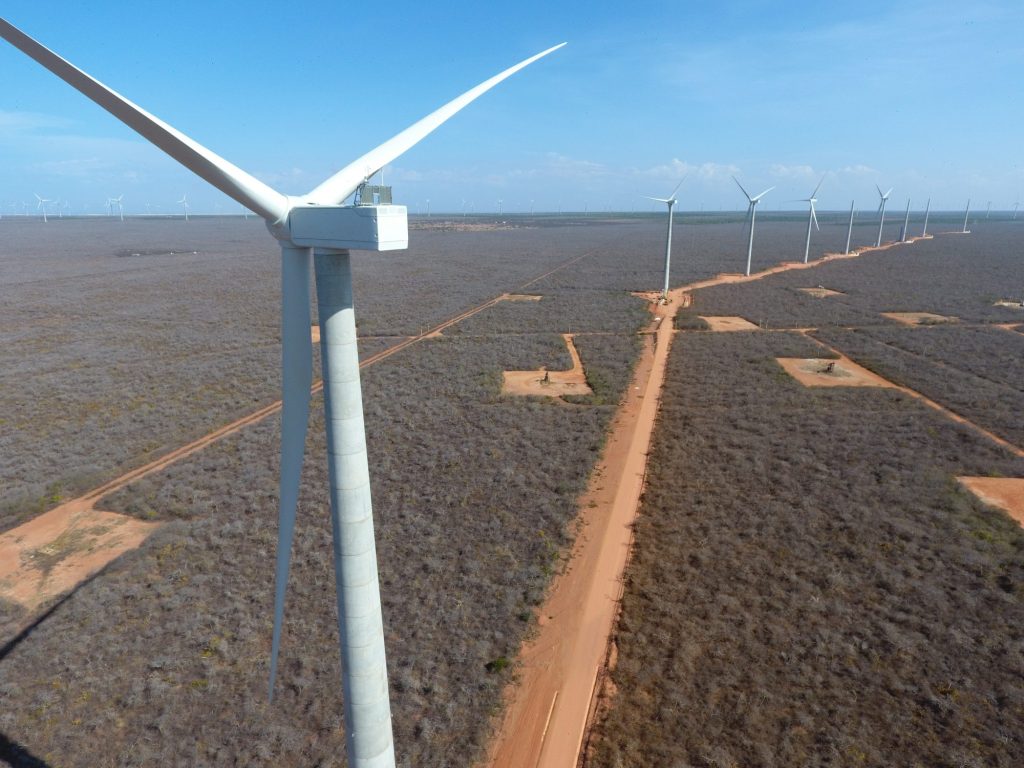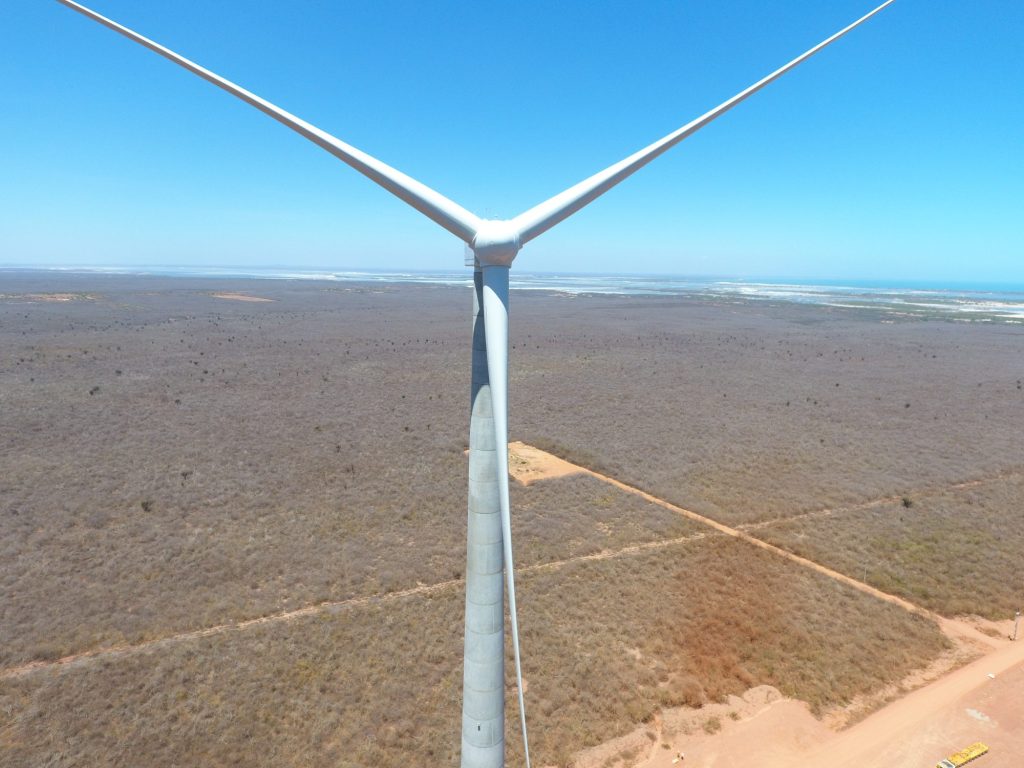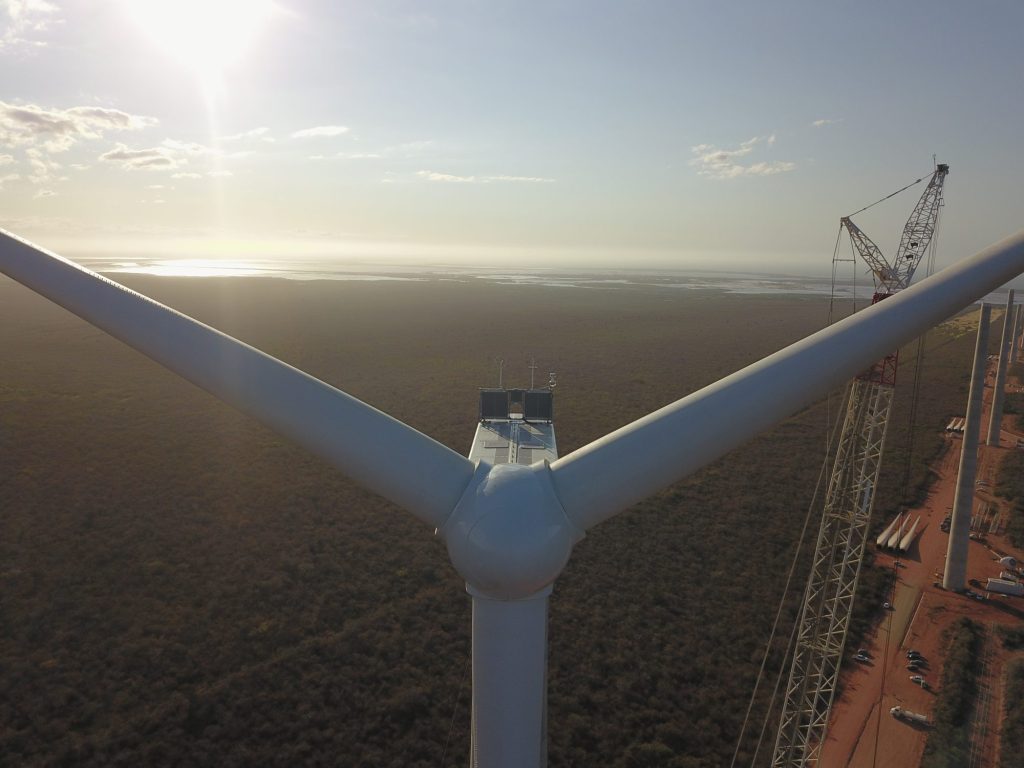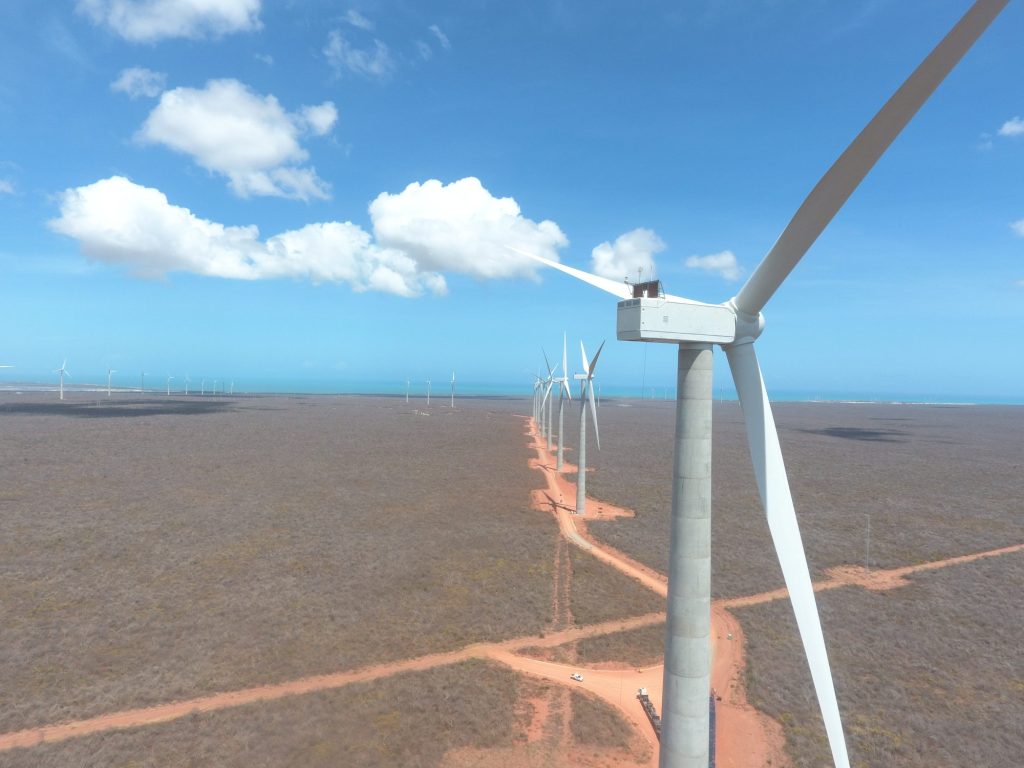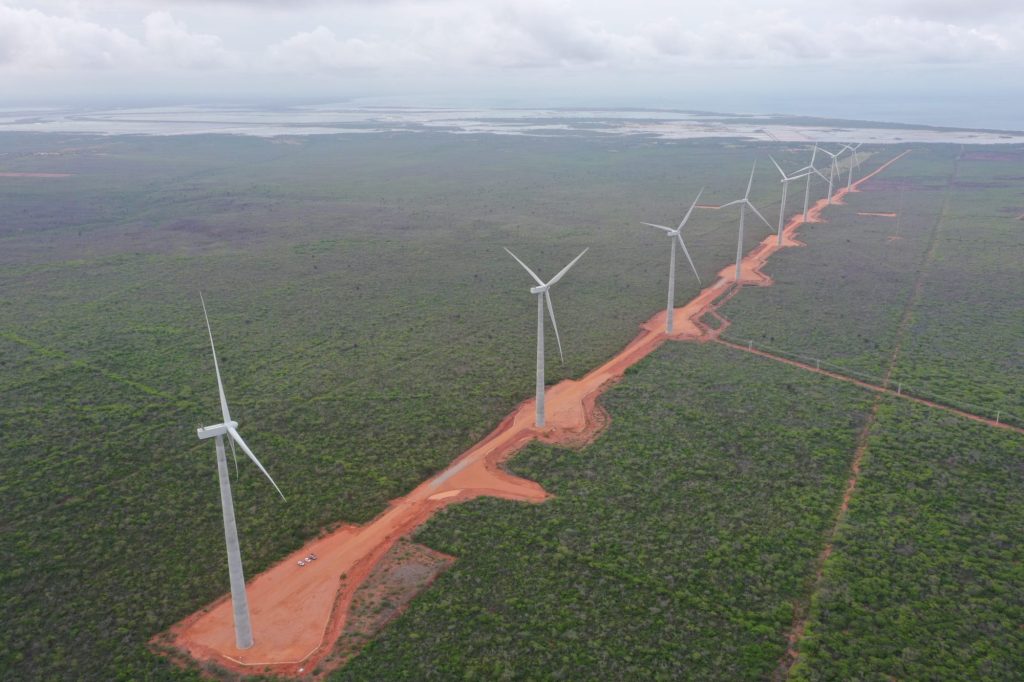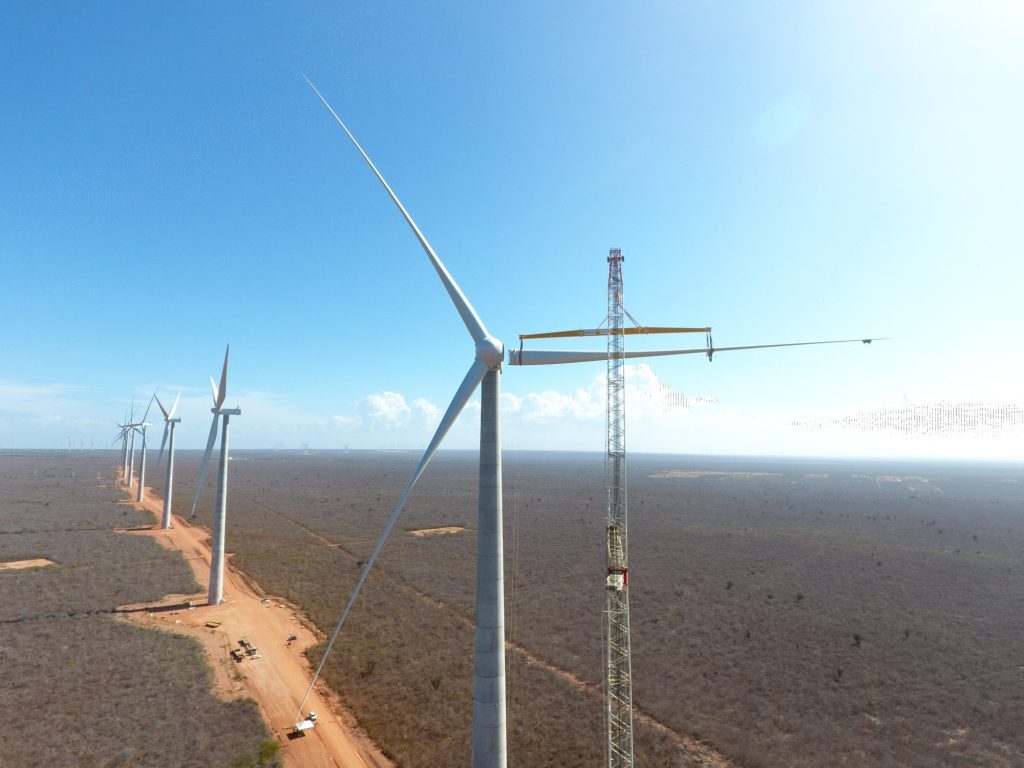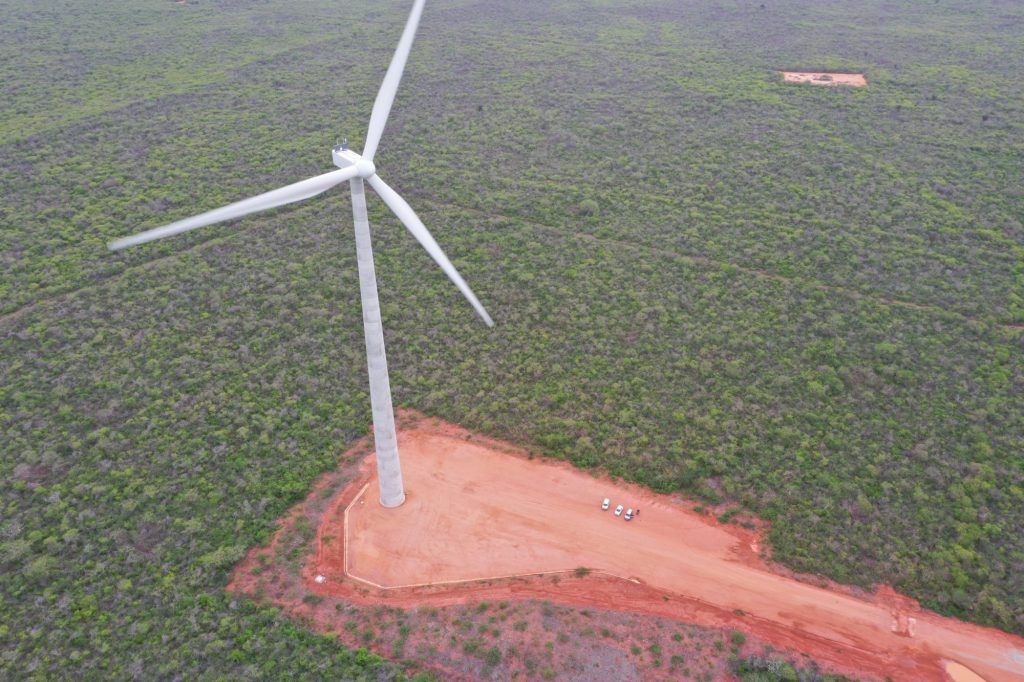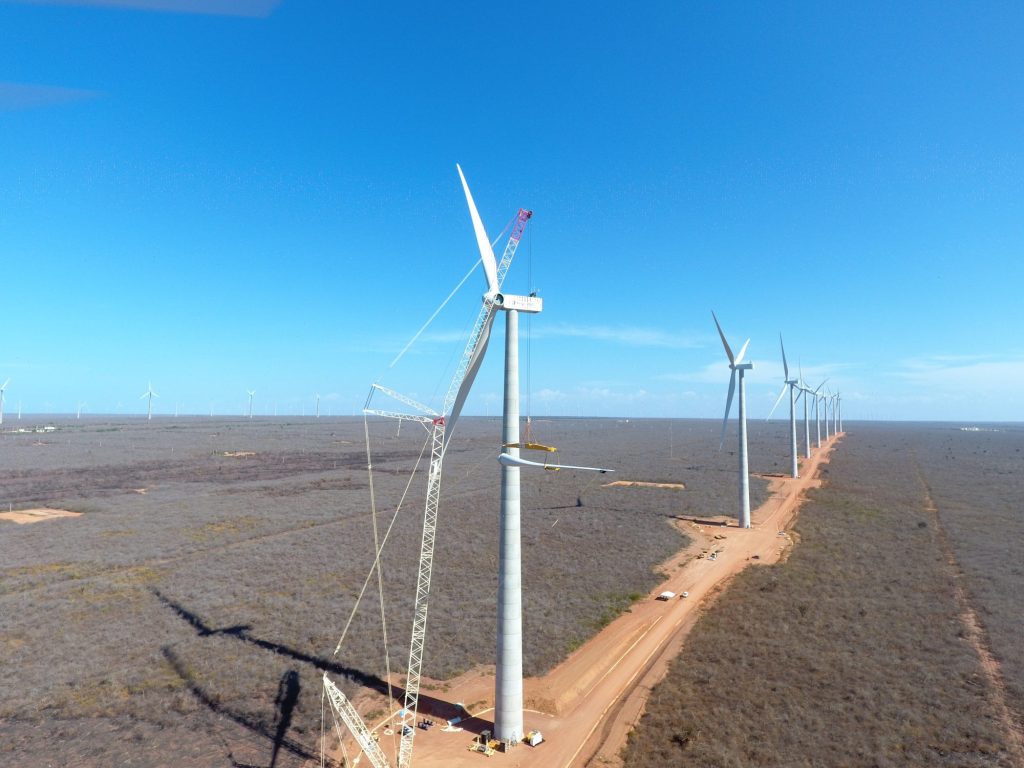Socio-economic impact
Through the Terra Santa and Maral wind farms, Eren contributes both to building a low-carbon environment in Brazil and to enhancing socio-economic development in the area.
About 1,650 workers were hired on-site during construction works and 30 permanent jobs will be created during the operation and maintenance phase.
Wind power and its contribution to socio-economic development
Rio Grande do Norte has 4 GW of installed wind power capacity, according to the Brazilian Wind Energy Association (ABEEólica). The value represents 27% of the country’s total energy production, making wind a national energy leader.
Brazil possesses significant potential for wind power, which brings with it considerable commercial viability. Wind power has typically been developed in areas marked by poverty. In the state of Rio Grande do Norte, the Mato Grande territory has 3,758 MW of installed capacity across 114 wind farms. In contrast to this, 5,191 families across 73 rural settlements live in poverty, and are subjected to restrictions on land use caused by water shortages, all without benefitting from the technological and economic progress brought about by these energy installations.
Gallery
